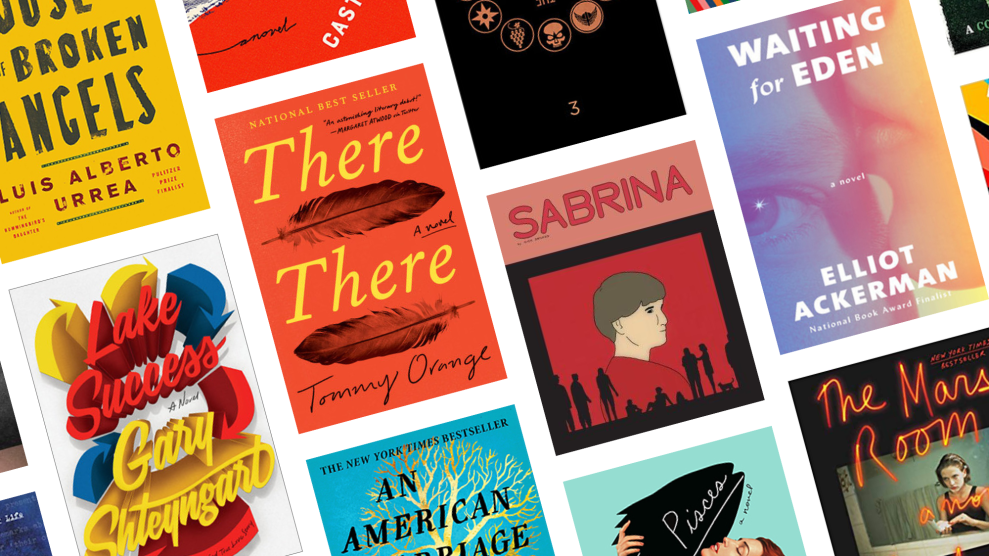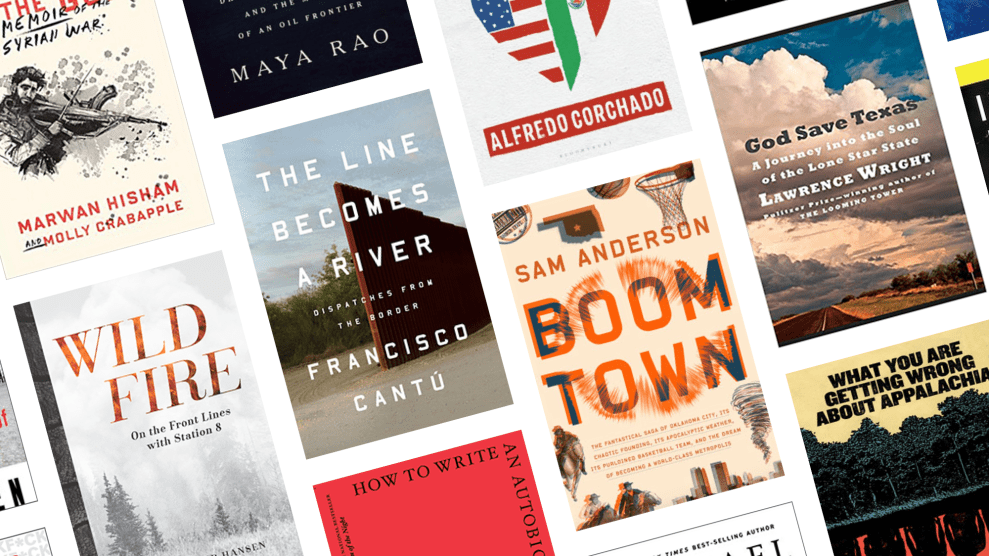
Reading isn’t dead yet! In fact, 2018 was another banner year for great works of nonfiction, including, if you’ll pardon the nepotism, a pair of bestsellers penned by our own editorial staffers. Reporter Shane Bauer’s American Prison—spun out from his gripping, National Magazine Award-winning account of his four months working undercover as a guard at a Corrections Corporation of America facility in Louisiana—made it into the New York Times‘ “10 Best Books of 2018.” The Washington Post, meanwhile, included Russian Roulette, by DC Bureau Chief David Corn and Michael Isikoff, among its “50 notable works of nonfiction in 2018.” Now it’s our turn. We can’t read everything, as the Times does, but here are some of the nonfiction books that we read this year and think you should, too. So tear yourself away from social media and dig into something rewarding!
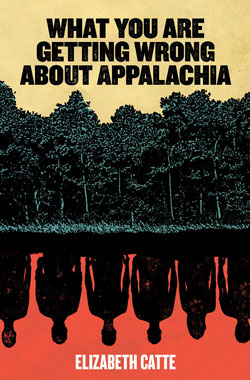
What You Are Getting Wrong About Appalachia, by Elizabeth Catte. If there is an upside to the miscast popularity of 2016’s Hillbilly Elegy, it’s that it gave Catte, a native of East Tennessee, so much goddamn material to work with. What You Are Getting Wrong About Appalachia amounts to a 146-page corrective to every dispatch from “Trump country” you’ve read over the last three years. —Tim Murphy, senior reporter
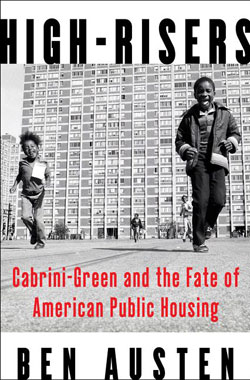
High-Risers: Cabrini-Green and the Fate of American Public Housing, by Ben Austen. Austen tells a story of Chicago’s most notorious public housing complex, the Cabrini-Green Homes, from its idealistic conception to its final demolition, in a way that is both epic in scope and intimate in its narratives. It is the story of how a public housing project failed, but more significantly, it’s the story of the people it failed and the institutions that failed them. Buy copies for your friends, sure, but maybe also pick up one for your mayor. —T.M.
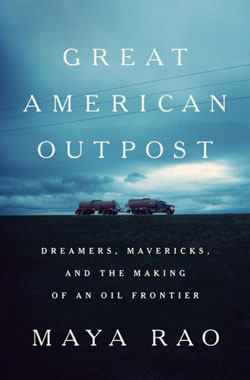
Great American Outpost: Dreamers, Mavericks, and the Making of an Oil Frontier, by Maya Rao. A lot has been written about the fracking boom of North Dakota’s Bakken oil fields and the nouveaux Wild-West frenzy that followed it—drugs, danger, and the ominous-sounding “man camps.” Riding shotgun in tanker trucks and holed up at slapdash housing, Rao delivers a portrait of the landscape that’s neither polemic nor drive-by sensationalist. Instead, the Minneapolis Star Tribune reporter offers an empathy-rich, ground-level glimpse of the boom and bust from the perspective of those living it, with a dash of Nickel and Dimed for good measure. —T.M.
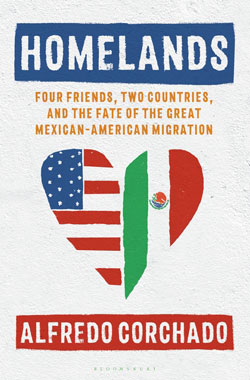
Homelands: Four Friends, Two Countries, and the Fate of the Great Mexican-American Migration, by Alfredo Corchado. Corchado was a cub reporter driving through rural Pennsylvania in the early 1980s when he stumbled across something unusual in the town of Kennett Square—a small community of Mexican immigrants who had moved to the area to harvest mushrooms. The discovery set Corchado, then a business reporter, in a new direction as a journalist, chronicling the relationships between Mexico and the United States at a time when immigrants were moving here in record numbers. Some 35 years later, he takes stock in Homelands, weaving his own immigrant story into the broader epic. Also, Carlos Santana is here for some reason. —T.M.
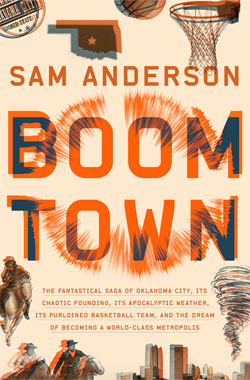
Boom Town: The Fantastical Saga of Oklahoma City, Its Chaotic Founding, Its Apocalyptic Weather, Its Purloined Basketball Team, and the Dream of Becoming a World-class Metropolis, by Sam Anderson. Look, I didn’t think I needed to read 448 pages about Oklahoma City either. But Anderson, the New York Times Magazine staff writer, * is so riveted by America’s most anonymous mid-sized city that you can’t help but be riveted, too. Assigned to profile the young Oklahoma City Thunder at their circa-2012 peak, Anderson fell hard down a rabbit hole. The result is an affecting guide to not just Russ, KD, and Harden, but the Flaming Lips, the Land Rush (good lord, the Land Rush), structural racism, meteorology, and the 1995 bombing. OKC doesn’t quite explain America, but Anderson rather brilliantly explains OKC. —T.M.
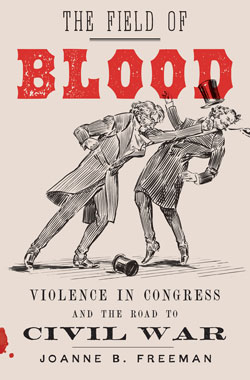
The Field of Blood: Violence in Congress and the Road to Civil War, by Joanne Freeman. Congress might have its issues now, but at least Louie Gohmert isn’t packing a Bowie knife. Between 1830 and 1860 there were more than 70 violent incidents between members of Congress in and around Washington. A few of those episodes—such as the 1856 caning of abolitionist Sen. Charles Sumner—have survived in the American memory, but most have been lost to the archives. Using an old diary from a Capitol Hill flunky as her guide, Freeman, a Yale historian, brings the fistfights, beatings, and duels of the era to life and tells us why they mattered. The violence in Congress isn’t just trivia; it’s essential to understanding how the Southern slaveocracy wielded its power and led us to war. —T.M.
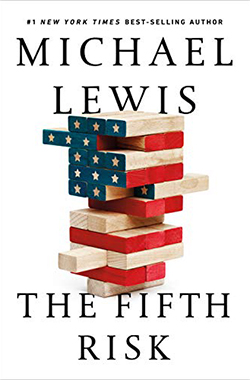
The Fifth Risk, by Michael Lewis. Among Lewis’ admirable traits is his uncanny ability to sniff out intriguing characters and deploy them to animate books that begin with a straightforward question but end up answering much deeper ones. “What does our government actually do?” seems like the premise for a middle school civics class, but you have no idea—really! To get even the most basic sense of the scope, newly minted presidents dispatch big teams of their best and smartest people into every cabinet-level department on day one. Predictably—and infuriatingly, once you better understand the stakes—Donald Trump did no such thing. Weeks went by in key departments with literally no word from the White House. When someone from the administration would finally show up, they arrived harboring suspicion and without curiosity. The Fifth Risk, as scary as it is compelling, imparts an appreciation for the unsung heroes responsible for things like securing deadly materials so they won’t be used against American cities and accurately forecasting killer storms in time for us to get out of the way. In the process, Lewis exposes anew the depths of this administration’s ignorance, incompetence, and self-dealing. May we survive it. —Michael Mechanic, senior editor
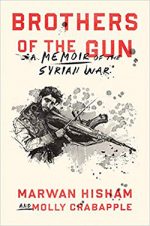
Brothers of the Gun: A Memoir of the Syrian War, by Marwan Hisham and Molly Crabapple. Fear runs through this searing, page-turning account of life in war-torn Syria, capturing the hardship of the conflict as well as the complexity it brings to the lives of residents. Hisham provides a ground-level view, from the early, ecstatic days of the Arab Spring through the rise of ISIS as the group makes his hometown, Raqqa, its unofficial capital. As the Assad regime, aerial bombardment, and battling militant groups ravage the country, Hisham and his friends face difficult choices and splinter in different directions: One is killed by the regime, another joins Islamic revolutionaries, and Hisham becomes a journalist reporting under the most dangerous of circumstances—from within ISIS strongholds. Crabapple, an artist and journalist who has covered conflicts throughout the Middle East, enhances the narrative with more than 80 powerful ink drawings. (For a deeper dive on reporting and illustrating this catastrophe, read my interview with Hisham and Crabapple.) —Bryan Schatz, reporter
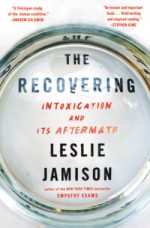
The Recovering: Intoxication and Its Aftermath, by Leslie Jamison. In her genre-defying memoir, Jamison combines her own story of alcoholism and recovery with a history of addiction literature and a sprinkling of narrative journalism. Her aim, she explains, is to “write a book that might work like a meeting,” situating her own recovery story next to the stories of others. Throughout, Jamison wrestles with her ambivalent relationship to the clichés of the recovery narrative: As a writer, she’s been taught to value originality above all else, but in AA meetings, she finds “something illuminating, something even like a prayer, in accepting truths that seemed too simple to contain me.” Ultimately, she convincingly argues that the clichés of the addiction narrative shouldn’t be avoided; instead, they’re fundamental to understanding and enduring the shared human experience of recovery. —Sophie Murguia, editorial fellow
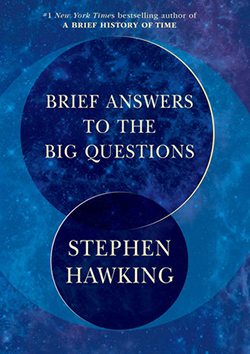
Brief Answers to the Big Questions, by Stephen Hawking. If you want to feel small and insignificant, Hawking is your man. But feeling small and insignificant can be a good thing when you’re in his company. In his final book, the iconic theoretical physicist, who died this year, puts all of us in our place with a mostly accessible depiction of a wild and wooly time-and-space-bending universe that dwarfs our day-to-day concerns. With a great measure of wit, Hawking, whose personal tale is deeply inspiring, applies scientific advances he helped achieve to such basic queries as “How did It all begin?” “Is there a god?” “Can we survive?” and “What the hell happens in a black hole—and why should we care?” Of course, Hawking doesn’t dole out easy answers. But he certainly gets you thinking about things both massive and subatomic. This modest volume is a testament to his indomitable spirit and the great generosity that compelled him to share his genius with those of us who struggle to understand the Uncertainty Principle. —David Corn, DC bureau chief
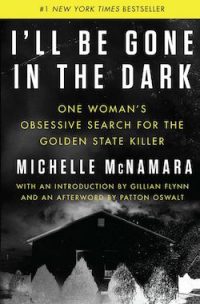
I’ll Be Gone in The Dark, by Michelle McNamara. A gripping narrative strung together after the author’s death, I’ll Be Gone in The Dark traces the Golden State Killer’s winding path of suburban terror through 1970s California. The chapters McNamara left incomplete were pieced together from her notes, which has a jarring quality and leaves us wondering about all she didn’t have a chance to say. Still, the book never loses the strength of her voice and conviction as it explores McNamara’s dark fascination with the killer and the toll of her investigation on her personal life. Her writing brims with compassion for the victims, their loved ones, and the first responders and authorities who worked the case for 40 years. McNamara doesn’t spare us any detail of the crimes, yet she doesn’t linger on them either, instead capturing the lives of the affected families before and after the killer showed up. We are reminded that people are more than the worst that has happened to them—a generosity all too rare in crime writing. —Annie Ma, editorial fellow
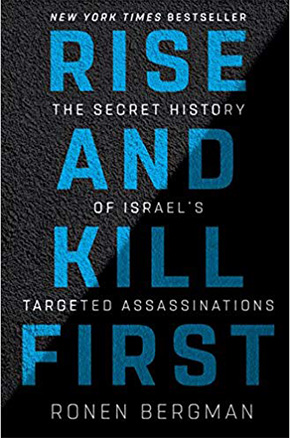
Rise and Kill First: The Inside Story and Secret Operations of Israel’s Assassination Program, by Ronen Bergman. Bergman, an Israeli journalist, fills in many of the blanks about what’s long been an open secret. His investigation reads like a spy thriller with a conscience: Reports of derring-do are balanced with a clear-eyed accounting of the moral and political costs of pursuing a policy of extrajudicial vengeance. Rise and Kill First is a sobering look at a shadow war that has arguably sacrificed the security and stability it was meant to ensure. —Dave Gilson, senior editor
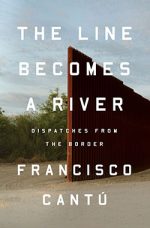
The Line Becomes a River, by Francisco Cantú. In this gripping and painful memoir, Cantú—a Mexican American writer who joined the US Border Patrol after college—struggles with the role he played in enforcing an unjust system that tears apart families. The controversial book sparked anger and protests among some immigrant rights activists. “You weren’t just observing a reality, you were participating in it,” Cantú’s own mother tells him in one passage. “You can’t exist within a system for that long without being implicated, without absorbing its poison.” But at a time when the American government is locking up migrant children and tear-gassing families at the border, the book provides a remarkable look at one of the law enforcement agencies most closely associated with President Donald Trump. —Jeremy Schulman, senior news editor
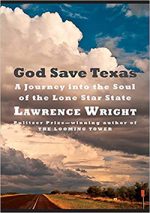
God Save Texas: A Journey Into the Soul of the Lone Star State, by Lawrence Wright. In his 349-page love-hate letter to his home state, Wright endeavors to answer a question posed by New Yorker editor David Remnick: What explains Texas? Wright—whose past work includes a book about the Church of Scientology and a Pulitzer Prize-winning examination of Al Qaeda, along with numerous plays—reckons with a rapidly changing Lone Star State, which has “nurtured an immature political culture that has done terrible damage to the state and to the nation.” Wright crisscrosses Texas, dispensing historical meditations on how it’s really two states in one, offering dispatches from Houston after Hurricane Harvey and relaying raw yarns from inside the state Legislature. He ultimately embraces the state for all its complexity and grandiosity, and explains his own decision to remain there: “I’ve lived in a culture that is still raw, not fully formed, standing on the margins but also growing in influence,” he writes, “dangerous and magnificent in its potential.” —Edwin Rios, reporter
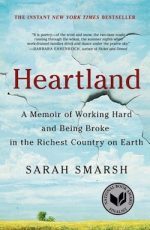
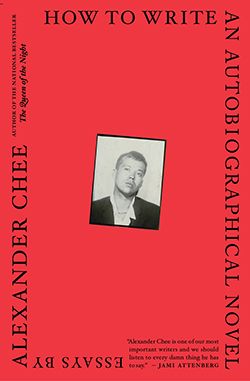
How To Write An Autobiographical Novel, by Alexander Chee. I took a creative writing class taught by Chee in college, in which he spent most of our time getting me to stop dismissing ideas before I put them out into the world. I frequently came back to this idea of writing without limits as I read Chee’s essay collection, a deeply probing exploration of being a writer, an activist, gay, and half-Korean all at once. Hewing to his own advice as a teacher, he places no limits on the questions he asks of himself and of the reader, which feel at once overwhelmingly intimate but strikingly universal. In “1989,” he memorializes the police brutality toward protestors at a march at the peak of the AIDS epidemic. It captures the moment he realizes that the America he believes in is not the one he lives in, and it made me think about how many times I’ve come to this same realization as I cover and read the news. How to Write an Autobiographical Novel is filled with the uncertainty that comes with feeling your sense of self forming. It is, at once, a memoir and a survival guide for being your most authentic self. —Annie Ma, editorial fellow
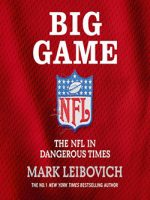
Big Game: The NFL in Dangerous Times, by Mark Leibovich. Since publishing This Town, a withering satire of DC’s permanent class of swamp-dwellers, journalist Mark Leibovich somehow still manages to get rich, important people to sit in the same room as him and make fools of themselves. This time, the subjects are a bit more well known: NFL commissioner Roger Goodell, New England Patriots owner Robert Kraft, and Leibovich’s white whale: superstar quarterback Tom Brady and his outspoken parents. What unfolds over these highly entertaining 400 pages is light on new information but ripe with the inside gossip Leibovich is legendary at providing. If anything, you’ll want to read until Dallas Cowboys owner Jerry Jones invites Leibovich over for a few—well, more than a few—drinks. —Dan Spinelli, editorial fellow
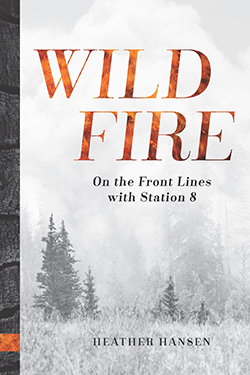
Wildfire: On the Front Lines with Station 8, by Heather Hansen. In the wake of this year’s devastating West Coast blazes, Wildfire couldn’t be more timely. Hansen embeds with a small crew of elite wildland firefighters as she guides us through the history, science, and human costs behind conflagrations and the challenges faced by the people working to protect us from this growing threat. Station 8, Hansen writes, “helped me understand the phenomenon of wildfire in an entirely new way, not as an enemy to be defeated but as an enduring mystery, and a formidable force of nature we must learn to live with.” —Rosa Furneaux, editorial fellow
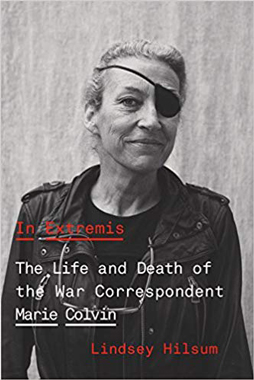
In Extremis: The Life and Death of War Correspondent Marie Colvin, by Lindsey Hilsum. Marie Colvin was arguably the most daring war correspondent of her generation. From Sri Lanka to Chechnya to Libya, she reported from some of the world’s most dangerous and desperate conflicts until her death at the hands of Syrian forces in 2012. She focused the world’s attention on the suffering of civilians, driven by the conviction that her words could make a difference. “Our mission is to speak the truth to power,” Colvin said. “We send home that first rough draft of history.” Hilsum’s biography offers a poignant and nuanced look into Colvin’s tumultuous life, revealing the story behind a woman whose hard drinking, eyepatch-wearing legend obscured her true vulnerability and her courage. —R.F.
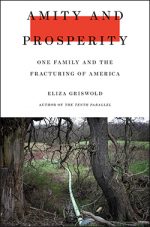
Amity and Prosperity, by Eliza Griswold. Journalist Griswold, who spent seven years investigating the fracking boom in western Pennsylvania, tells the story largely through a nurse named Stacey Haney. Along with her neighbors, Haney signs mineral-rights leases with a Texas-based energy company. A month later, a 40-ton tanker truck flips on a country road, spilling liquid fracking waste into Bane Creek near Haney’s farm—her tap water turns gray and her children fall ill with persistent conditions doctors cannot diagnose. For answers, Griswold looks into the history of extraction industry battles, and interviews local officials and Environmental Protection Agency investigators. Haney eventually hires a determined legal team, and Griswold follows its lawsuit and attempts to force Range Resources to reveal the chemicals in the fracking fluids. Griswold’s even-handed account honors the historic loyalties and economic dilemmas rural communities face and the loss of the commons, while underscoring the steep price local residents pay for the nation’s cheap-energy fix. —Claudia Smukler, production director
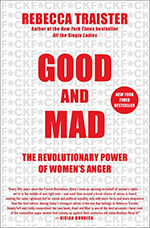
Good and Mad: The Revolutionary Power of Women’s Anger in America, by Rebecca Traister. When I first cracked open Good and Mad, I was feeling depleted from giving a damn about the state of affairs and cynical about whether women truly hold any sort of meaningful power in a country where toxic masculinity literally reigns supreme. Traister’s book gave me that feeling of the first drink of water after a long, hot day of scrolling through Twitter—the cool relief of hydration as it moved through me. It was electrifying. (And I love the cover, too.) Traister takes her readers through centuries of women suppressed and dismissed to deliver the long view on how far we’ve come—and how far we’ve yet to go. She doesn’t pull punches, and her lines are sharp and packed with information without being exhausting. By the time I finished it, though, I was once again profoundly pissed off, and ready to do something about it. —Becca Andrews, assistant news editor
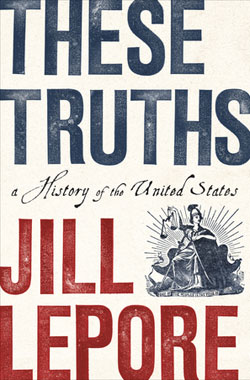
These Truths: A History of the United States, by Jill Lepore. It’s a single-volume history of the United States that reads like Jill Lepore wrote it, because she did. If it’s details you’re looking for, read my interview with Lepore, the rare historian who is a powerful enough storyteller to warrant a regular New Yorker gig. —T.M.
***
Book lovers may also enjoy last year’s series, wherein two dozen authors and creators, from Margaret Atwood and Daniel Alarcón to Jesmyn Ward and Gene Luen Yang, recommended readings to keep us sane in the age of Trump. All still relevant today, of course.
Correction: An earlier version of this article misidentified Anderson’s position at the magazine.
